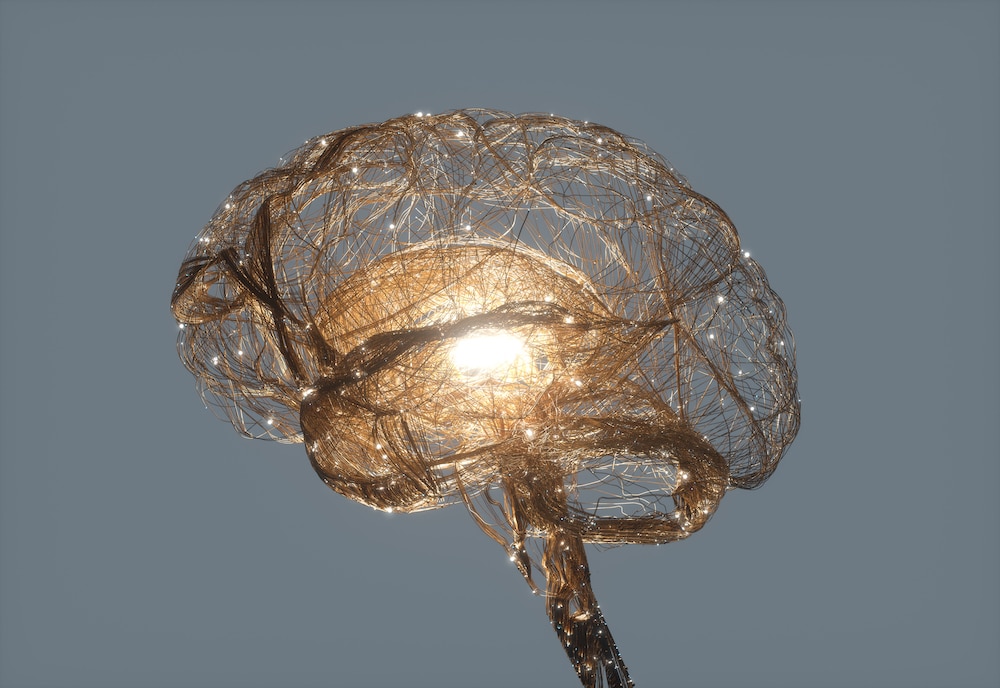Create a free profile to get unlimited access to exclusive videos, sweepstakes, and more!
Temporary mind control shines a light on brain function
Get that flashlight away from me!

Have you ever known a kid who took apart the radio or the toaster — perhaps a more modern example might be the family computer — to figure out how they work? Maye you were that kid yourself and peering into the inner workings of electronics helped you gain insight which led to a greater understanding. A similar philosophy can be taken in our search to understand the functions of the human brain.
Historically that’s involved dissecting tissues, which allows for understanding structures and layout, but lacks the benefit of seeing how the pieces actually work together. But scientists are wily creatures, and if there’s a way to take something apart and examine it without breaking it, they’ll figure it out.
In a new paper by Joungha Won from the Department of Biological Sciences at the Korea Advanced Institute for Science and Technology (KAIST), and colleagues, outlined development of a new technology capable of temporarily controlling specific portions of the brain in order to determine how they work. Their findings were published in the journal Neuron.
Your brain is a mess of interconnected neural activity. One-hundred-billion neurons and 10 to 50 times as many glial cells are all communicating in a sort of silent harmony. All of which results in everything your brain does, from the unconscious running of your organs to your conscious thought. But figuring out what each of them is doing is akin to trying to hear a single voice in a shouting crowd.
All of the communication happens through the release of neurotransmitters from vesicles, and scientists have developed a number of strategies for regulating and even inhibiting release of those transmitters. To date, the most common strategy involves using probes which cause an imbalance of ions, preventing the transmitters from working correctly. They can also disable the neurons for up to 24 hours or even damage them permanently. That’s obviously not an ideal tactic when dealing with living test subjects.
In response to these challenges, Joungha Won and colleagues developed Opto-vTrap, which uses blue light to quickly but temporarily inhibit the vesicles. Within one minute of light activation Opto-vTrap causes the vesicles to cluster and lock up inside the cells. Importantly, they recover normal activity within 30 minutes, as opposed to the previous 24 hours, and with no apparent long-term damage.
This technology has the added benefit of targeting specific neurons or glial cells without impacting surrounding tissues.
While initial experiments were carried out the traditional way, with tissue slices and cultured cells, scientists also performed experiments on mice, confirming the technology works on living test subjects. The potential to isolate the functions of specific discreet parts of the brain are certainly present and offer exciting new avenues of research in better understanding the science of our minds. However, it also offers the potential to turn off emotional circuits, and block memories, controlling the thoughts and feelings of a test subject in the moment.
In experiments, the team was able to deactivate memories of a frightening experience in mice who were previously conditioned toward a fear response. Of course, the effect is temporary by design, meaning those memories should return once the vesicles are freed up for normal transmitter release.
It’s easy to imagine scenarios in which such a technology could be used to impact the choices and actions of individuals long enough for them to act in a way they might not ordinarily. Though, they’d have to be outfitted with the technology, and the controllers would need to have a clear understanding of which neurons to target. All of which is, thankfully, an unlikely series of events.
More immediately, scientists can use the technology to build more robust maps of the brain, working out what individual neural circuits do and how they work together, simply by turning them off and on again, one at a time.
The potential for such a technology is as exciting as it is potentially frightening — though that’s the case with most new tools — we need only to hope our scientists continue to use that power responsibly.



























